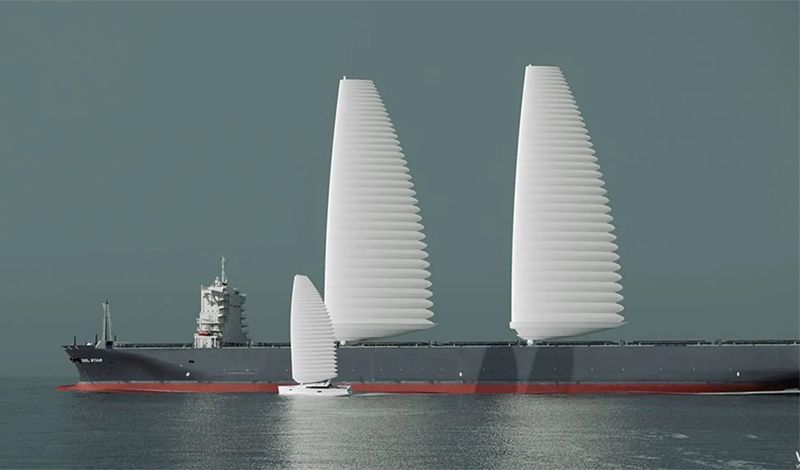Bitcoin miners are setting up shop to take advantage of existing, unused energy infrastructure.
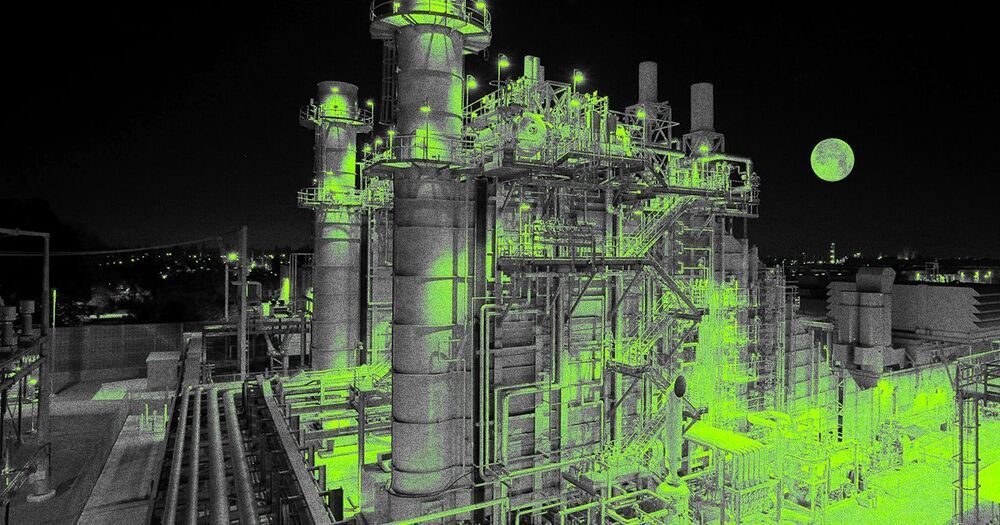

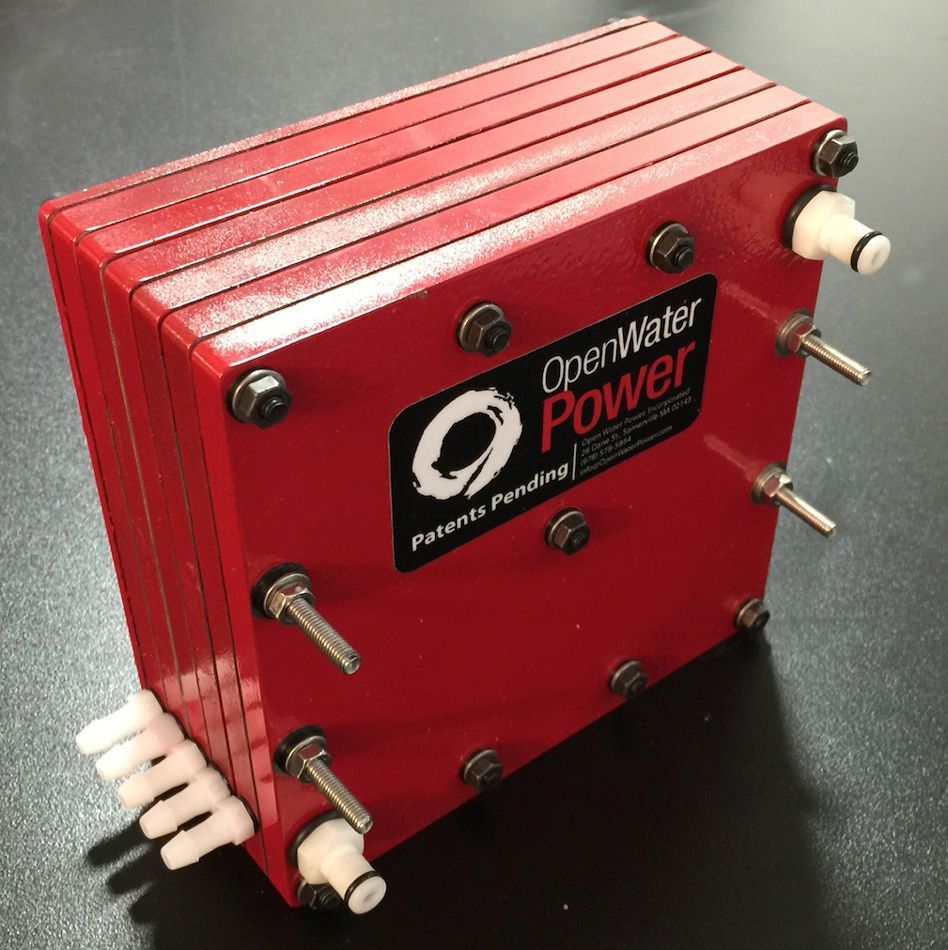

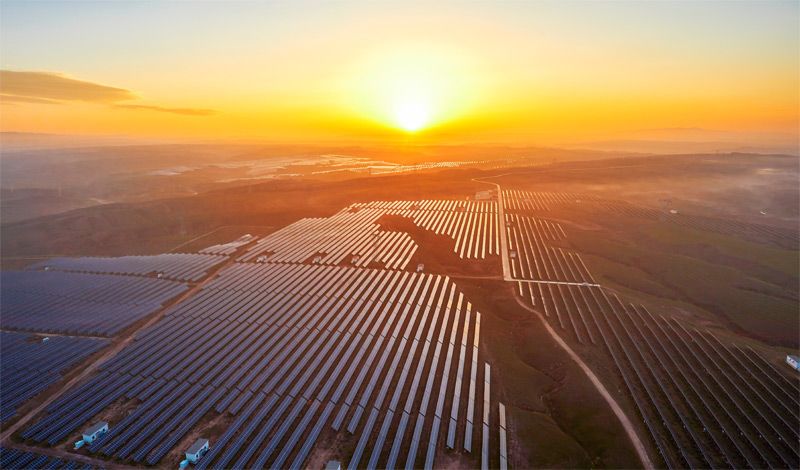
“Emerging markets have no need to build up huge electrical infrastructure based on fossil fuels. Instead, they are leapfrogging this stage and meeting growth in demand by deploying clean energy systems — such as wind and solar — with huge potential to boost economic development and bring electricity to millions more people.”
Fossil fuel electricity generation has peaked worldwide as emerging markets seize the opportunities of low-cost renewables, according to a report published this week by India’s Council on Energy, Environment and Water (CEEW) and the financial think tank Carbon Tracker.
Renewables are already the cheapest source of new electricity additions in 90% of the world, the report notes. Emerging markets (non-OECD nations plus Chile, Colombia, Mexico and Costa Rica) therefore have no need to build up huge electrical infrastructure based on fossil fuels. Instead, they are leapfrogging this stage and meeting growth in demand by deploying clean energy systems – such as wind and solar – with huge potential to boost economic development and bring electricity to millions more people.
Engineers at the University of California San Diego developed a new wearable device that turns the touch of a finger into a source of power for small electronics and sensors. The device is a thin, flexible strip worn on a fingertip and generates small amounts of electricity when a person’s finger sweats or presses on it.
More interestingly, this sweat-powered device is capable of generating power even when the wearer is asleep or sitting still. This could open up some very interesting possibilities in the wearable space, as the researchers have now figured out how to harness the energy that can be extracted from human sweat even when a person is not moving.
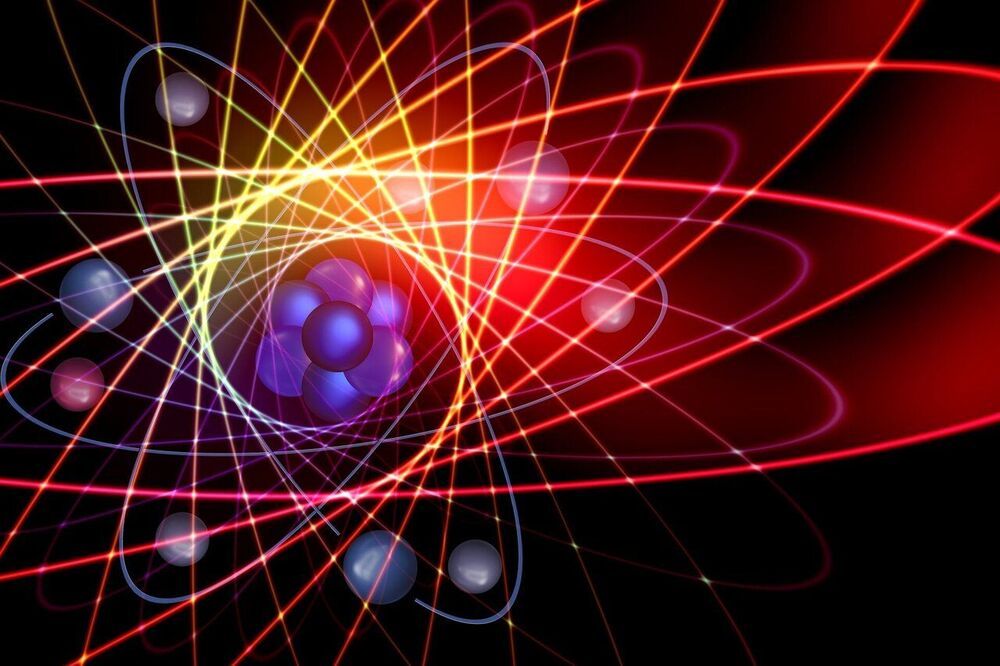
Researchers have found evidence for an anomalous phase of matter that was predicted to exist in the 1960s. Harnessing its properties could pave the way to new technologies able to share information without energy losses. These results are reported in the journal Science Advances.
While investigating a quantum material, the researchers from the University of Cambridge who led the study observed the presence of unexpectedly fast waves of energy rippling through the material when they exposed it to short and intense laser pulses. They were able to make these observations by using a microscopic speed camera that can track small and very fast movement on a scale that is challenging with many other techniques. This technique probes the material with two light pulses: the first one disturbs it and creates waves—or oscillations—propagating outward in concentric circles, in the same way as dropping a rock into a pond; the second light pulse takes a snapshot of these waves at various times. Put together, these images allowed them to look at how these waves behave, and to understand their ‘speed limit.’
“At room temperature, these waves move at a hundredth of the speed of light, much faster than we would expect in a normal material. But when we go to higher temperatures, it is as if the pond has frozen,” explained first author Hope Bretscher, who carried out this research at Cambridge’s Cavendish Laboratory. “We don’t see these waves moving away from the rock at all. We spent a long time searching for why such bizarre behavior could occur.”
A new wearable device turns the touch of a finger into a source of power for small electronics and sensors. Engineers at the University of California San Diego developed a thin, flexible strip that can be worn on a fingertip and generate small amounts of electricity when a person’s finger sweats or presses on it.
What’s special about this sweat-fueled device is that it generates power even while the wearer is asleep or sitting still. This is potentially a big deal for the field of wearables because researchers have now figured out how to harness the energy that can be extracted from human sweat even when a person is not moving.
This type of device is the first of its kind, said co-first author Lu Yin, a nanoengineering Ph.D. student at the UC San Diego Jacobs School of Engineering. “Unlike other sweat-powered wearables, this one requires no exercise, no physical input from the wearer in order to be useful. This work is a step forward to making wearables more practical, convenient and accessible for the everyday person.”
Solar and wind power have proven themselves to be cost competitive, but energy storage is key. What if I told you that molten metal might make a better battery? Lower cost, simpler assembly, zero maintenance, and a longer lifetime than lithium-ion. Let’s take a closer look at liquid metal battery technology.
Get $50 off with code: ROBOROCKH7 on Amazon: https://cli.fm/RoborockH7-MattFerrell-YT
This promotion lasts till 7/14.
Roborock official website: https://cli.fm/RoborockH7-MattFerrell-Official.
Watch The Mechanical Battery Explained — A Flywheel Comeback? https://youtu.be/8X2U7bDNcPM?list=PLnTSM-ORSgi5LVxHfWfQE6-Y_HnK-sgXS
Video script and citations:
h https://undecidedmf.com/episodes/hot-energy-storage-liquid-m…-explained.
Follow-up podcast:

The toilet could turn roughly a pound of solid human waste, the average amount a human poops in a day, into an impressive 50 liters of methane gas, according to Cho. That means it can generate half a kilowatt hour of electricity, enough to drive an electric car for three quarters of a mile.
And because its 2021 — a day and age in which nothing is safe from the world of cryptocurrencies — Cho came up with a virtual currency called Ggool, or “honey” in Korean. Every use of the toilet scores you 10 Ggool per day, which can be used to buy stuff on the university’s campus.
“I had only ever thought that feces are dirty, but now it is a treasure of great value to me,” a postgraduate student Heo Hui-jin who’s both earned and spent Ggool, told Reuters. “I even talk about feces during mealtimes to think about buying any book I want.”
